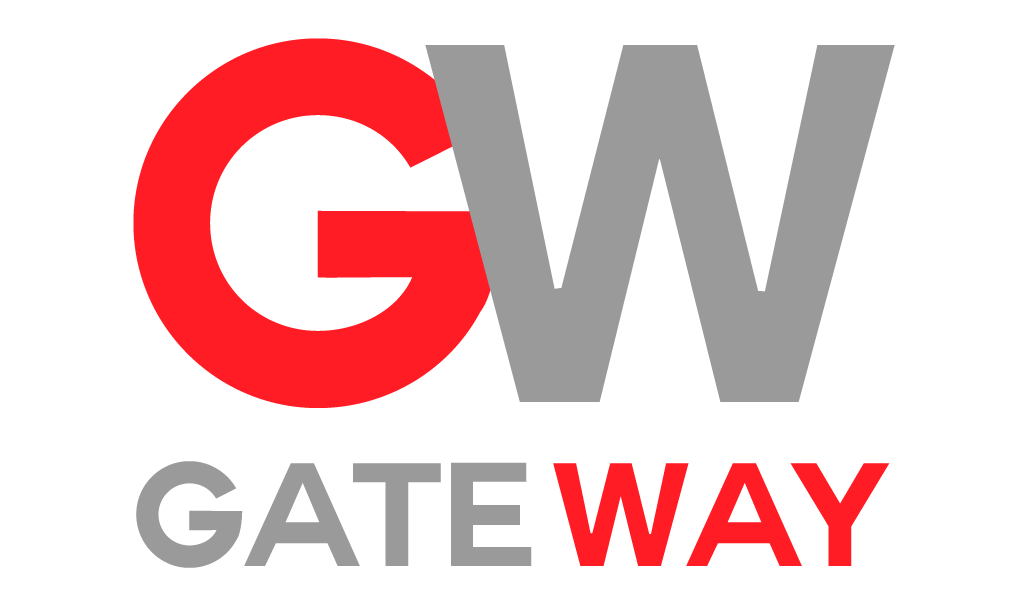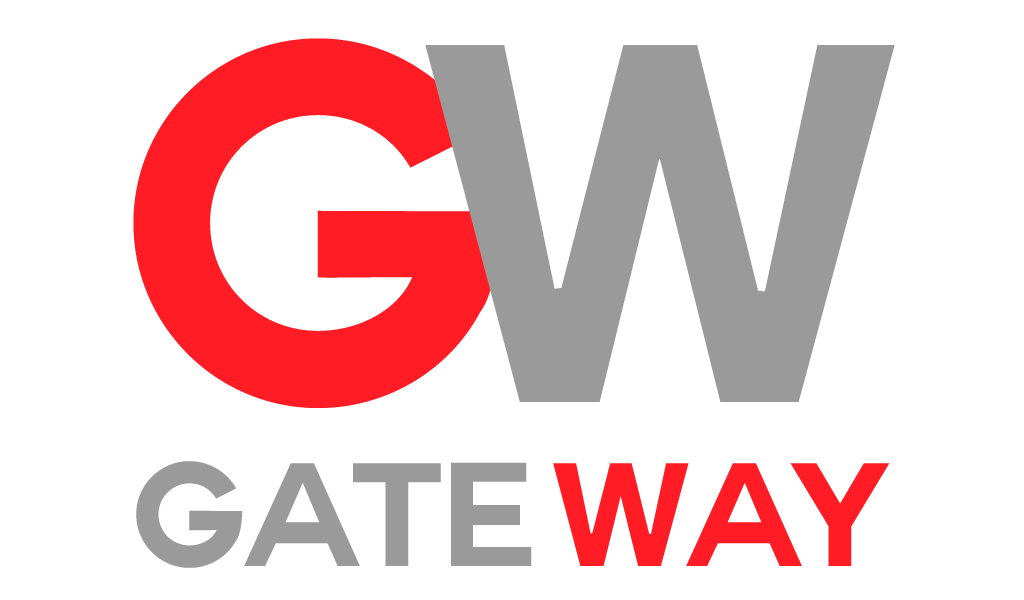Gateway recently signed on with another provider of pre-employment testing tools, Predictive Index. Look them up to get an idea of what they offer. As a result, I’ve had to re-educate myself because even though many of the tools do the same thing, the method of delivery and supporting research requires more training.
Psychometric testing, behavioral analyses, self concept, synthesis. All this gets me going but I’ve found lately that my friends appear to have developed other relationships.
I have a wife and 6 kids but I haven’t seen any of them in 12 days.
I’m hoping that a blog article aimed at other people with broadly the same interests might help me to rescue some of my seriously damaged personal relationships.
So let’s look at why behavioral analysis is important in candidate selection and employee retention.
First, we’ll back right up.
A bit more.
OK, to begin at the beginning. We all have drives, needs and behaviors. At the most basic level, we’re driven to survive so we need to eat so the observable behavior results in you crossing the road to go to Starbucks.
However, the drives and needs can differ in their strength or dominance. My kids, for example, don’t have data on their phones so their drive to get internet, creates the need to go to Starbucks for internet but of course the observable behavior is identical.
Starbucks hates my kids, they don’t spend a nickel in there.
One other thing, in order to quantify it, we need to do it as a psychometric test; just an impressive way of saying it’s objective and standardized.
So of course we call it a behavioral analysis but in reality it’s not, it’s a drives analysis which gives a quantifiable need which gives us a measureable behavior.
Let’s go back to Starbucks.
Let’s put my kids out on Main Street (funnily enough, it is called Main Street, all rather quaint really), walking by Starbucks with their phones in their hands but they also have money in their pockets and haven’t eaten recently. Again, the same observable behavior but now your guess is as good as mine whether they will eat or just use Starbucks’ wi-fi.
Similarly, in a work setting, once you accurately measure a person’s dominance, extroversion, patience and formality you can measure what their drives are.
What’s another word for drive?
Motivation.
Now all you have to do is match what you as a company, team, manager or colleague can offer to motivate that person and get the best out of them.
The fun bit comes next.
Engaged employees offer on average an extra 9% in shareholder value.
Engaged employees are 20% more productive.
67% of employees are either not engaged or actively disengaged (that last one sounds like an oxymoron)
Disengagement costs the American economy $450-500 billion a year. Yes, billion.
Overall, with absenteeism, lower productivity and lower profitability, disengagement costs around $3400 per $10,000 in salary.
All of this is simple.
Motivate somebody and you engage them. Engage them and they stick around.
That strategy worked on my wife. The engagement part that is.
I fear all my chatter about behavioral analyses has had a negative impact on her current engagement though.

